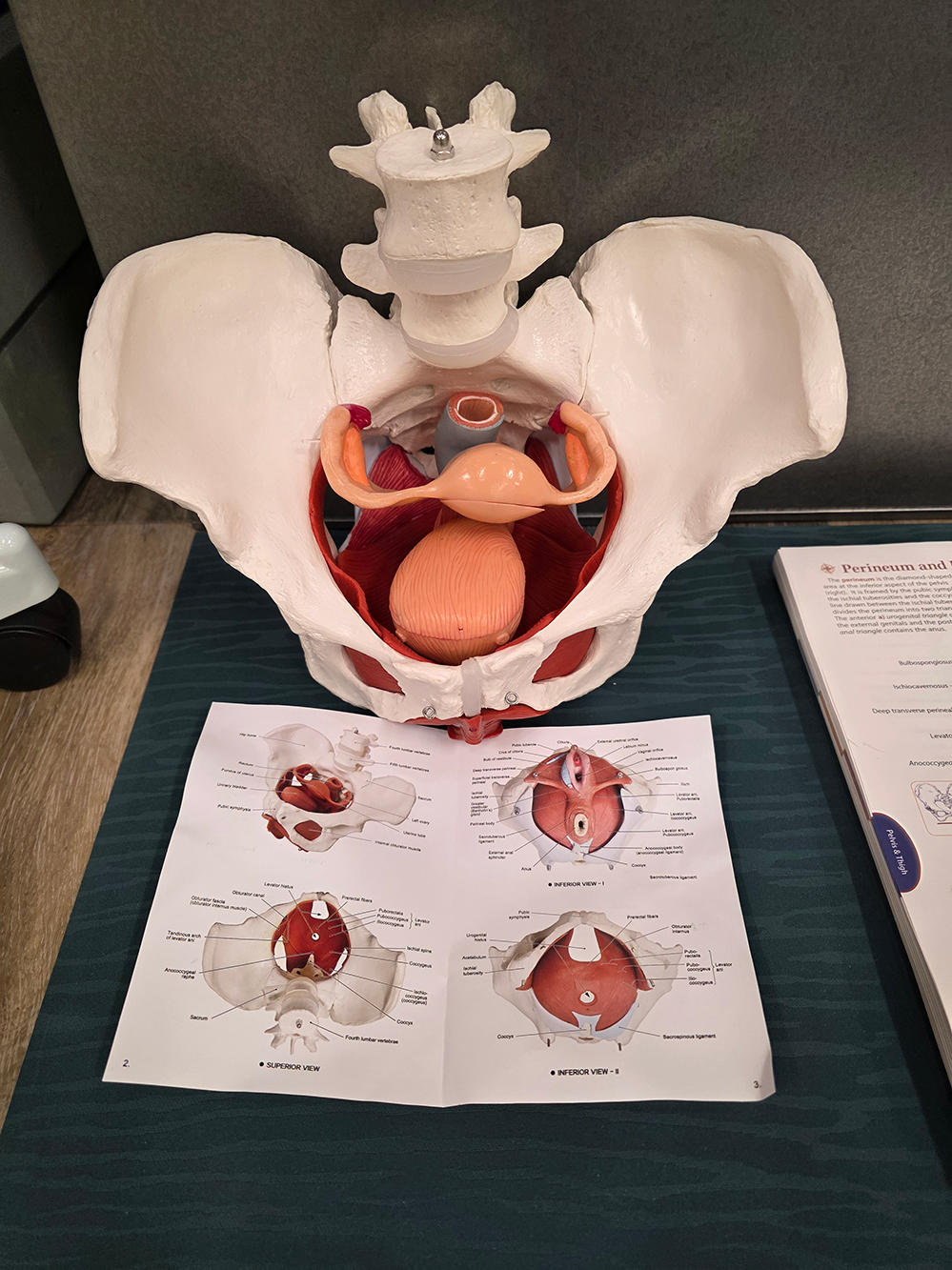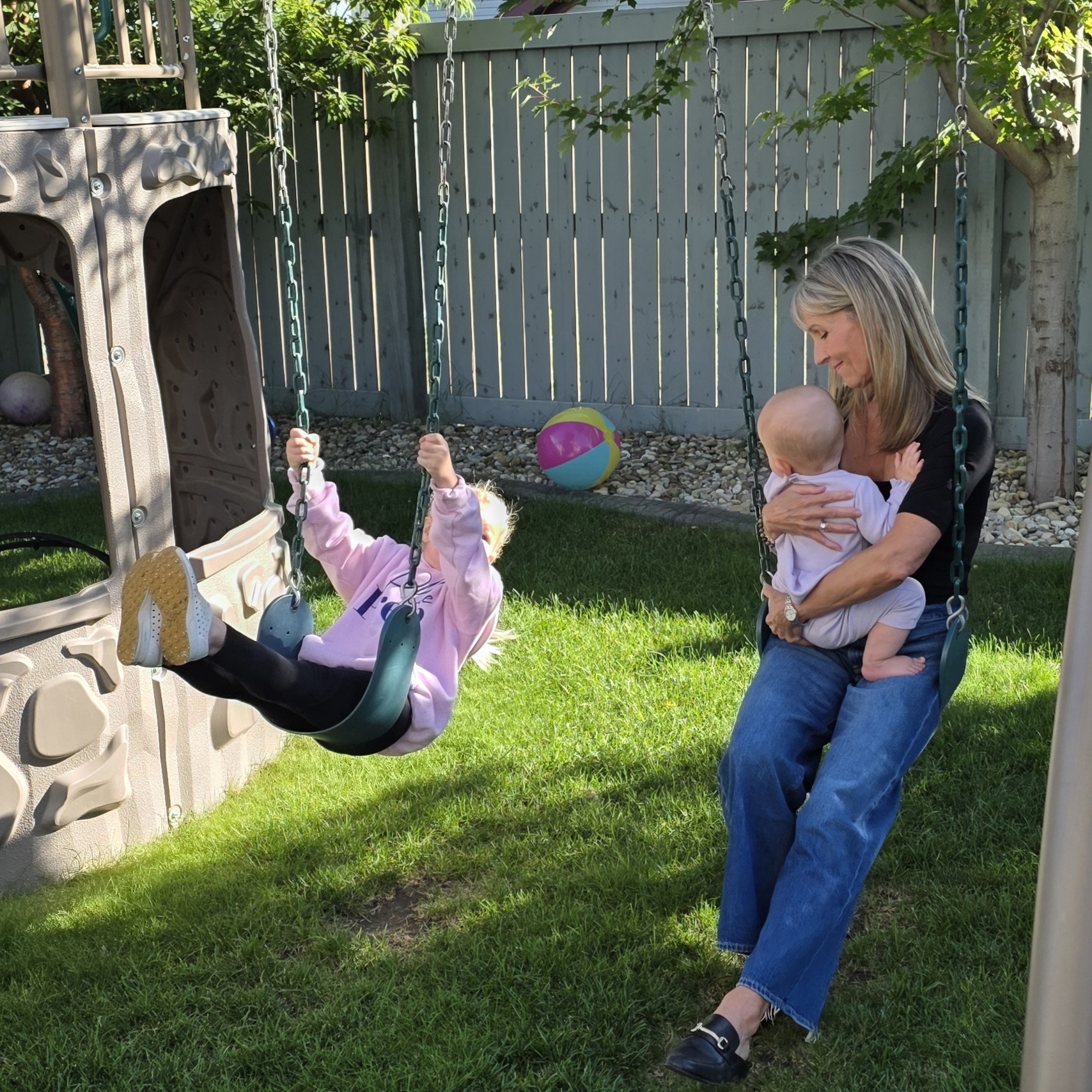Let’s start here:
It won’t look like a extreme diet before-and-after photo.
It won’t be a race to a smaller waist or a tighter core.
And the “after” might not be a six-pack -
but it might be a face that looks more grounded, more clear, more present in its own skin.
Because Rouleau doesn’t chase external transformation.
It builds reconnection.
The Kind of Change You Can Expect
- Posture that corrects itself
- Eyes that look clearer
- Joints that stop collapsing into corners
- Breath that finds its rhythm - without being forced
You’ll feel stronger.
You’ll feel more mobile, more stable, more durable.
But even more than that - you’ll start to feel like your body is yours again.
Because Rouleau doesn’t train you to outperform alongside others.
It teaches you to collaborate with your own system - to build a body that lasts.
Weeks 1–3: Wake-Up Work
At first, the changes are quiet.
Subtle.
But unmistakable.
- You catch yourself adjusting how you stand at the sink
- You notice yourself breathing differently when getting up from the couch
- You find your feet organizing themselves while brushing your teeth
This is what we call the wake-up work.
You’re not building strength yet - you’re priming the system.
“People say: I didn’t even know I had those muscles. I’m realizing how much I’ve been holding - or compensating. It’s like something’s coming online.” - Denise
And it is.
You’re giving your nervous system new input.
And it’s starting to respond.
Weeks 4–8: Adaptation Begins
By the one-month mark, the noise starts to quiet.
- Movements feel smoother
- Alignment lands more naturally
- Your body starts choosing better strategies - on its own
You’re not forcing your way through life anymore.
You’re cooperating with your own structure.
“It’s the strength you feel when you lift the laundry basket, or reach for something and realize - wait a minute…that felt good!” - Denise
You might notice:
- More ease on the stairs
- More bounce in your step.
- A kind of quiet confidence running in the background
Your body's not just moving differently.
It’s learning to trust itself again.
Weeks 9–12: Integration in Motion
At this stage, things start clicking.
Not in your joints - but in your sense of self.
You’re no longer “trying to remember what to do.”
You just do it.
You breathe more easily.
You correct yourself mid-movement without thinking.
You feel when something’s off - and adjust without spiraling.
“You’re building a stronger container - one that holds more of your strength, your energy, and your confidence. Like your energy isn’t leaking out just trying to stay upright.” - Denise
This isn’t magic.
It’s strategy + signal, practiced consistently - until your body reclaims its own logic.
And yes - the pain may still show up sometimes.
But it’s different now.
It’s not in charge anymore.
And you have a new trajectory.
Long-Term: A Body You Can Trust
This is where the Spiral really begins.
Your nervous system has changed.
Your muscular system has reorganized.
And now - your connective tissue is catching up.
This is the long game.
Tendons. Fascia. Cartilage.
These take months - sometimes years - to regenerate and adapt.
But if you stay with the work…
They will.
(Even if your doctor wasn’t taught that in med school.)
This Isn’t About Maintenance
It’s not about holding onto something you used to be.
It’s about momentum.
It’s about root structure.
It’s about building the version of your body that holds up under real life - and still has energy left over.
Because when you practice Rouleau, you’re not just moving.
You’re repatterning.
You’re reformatting the system. Bringing it online. Reminding it that you are alive.
You’re teaching your body how to adapt to stress, recover faster, and move with integrity - even when life gets chaotic.
“What you practice becomes who you are.”
And in Rouleau, that means building a body that learns, adapts, and lasts.
This may feel like the end of your intro…
But really?
It’s just the beginning.







